How To Guides
Tanalised Timber FAQs – Everything You Need To Know About Pressure Treated Wood
Got questions about the timber used in your new wheelie bin storage unit? We’ve got answers! From painting and staining to how timber is treated, we’ve got everything you need to know, right here.
What is Tanalised Timber?

Tanalised timber and pressure treated timber are actually exactly the same thing. They both refer to wood that has been specially treated with a mixture of chemicals to make the timber more durable and long lasting. This treatment is done under pressure which forces chemicals into the wood (thus “pressure treated” wood), and generally involves a chemical called Tanalith E (thus “tanalised” wood). Tanalith is a brand name of the chemical, the actual chemical used in the process may be a relation of Tanalith E, but one that gives the same final result.
Wood that has been tanalised or pressure treated will be more resistant to rot, fungus, mould, and insects, as well as hardier in extreme weather conditions.
How Long Does Tanalised Timber Last?
That’s difficult to say since a lot will depend on how timber is treated. A shed that’s on top of a windy hill in a very cold climate might not last as long as one in the sheltered corner of a garden. But circumstances aside, tanalising timber should mean that the wood is rot proof for a good number of years. In general, we say that the inside of the wood should be protected for about 60 years, and the outside for about 30 years. This is without any extra treatment, staining, or painting on your behalf. Again though, how you treat the wood is going to have an effect on how long it will last.
How Do I Treat Tanalised Wood?
You do not have to treat tanalised wood, though it is recommended for a couple of reasons. Firstly, your timber will last longer if you choose to do some maintenance. Secondly, tanalised or pressure treated wood tends to change colour over time. If you wish to avoid wood turning grey as it ages, then treating it will help.
It’s recommended that you treat your timber with a tanalised timber treatment that you can buy at most DIY stores. This treatment simply paints on over the wood and is simple to use. For the first year of ownership, you shouldn’t need to do anything. After that, an annual coat of treatment will keep your timber looking good and mean that you get much more wear out of it.
Can I Paint Tanalised Wood?
Absolutely! Painting tanalised wood not only makes your garden look great but also gives the timber an added layer of protection, which can only be a good thing. However, you do need to be careful when painting pressure treated timber.
You cannot paint freshly tanalised wood, since moisture in the timber will mean that the paint won’t stick properly. You’ll need to buy some pressure treated wood preservative and paint that on to seal the wood first. These preservatives do vary, so make sure to read the instructions. These instructions should tell you when it’s appropriate to paint on the preservative, how many coats you need, and how long you need to wait before applying paint.
How Can I Tell if Wood is Treated?
There are a few ways to tell if the wood has been pressure treated. Firstly, the wood should be clearly marked as treated with a stamp. This is sometimes cut off when timber is cut down to size though. Secondly, treated wood that’s relatively fresh should have a green tinge to it. This green colour fades over time down to a honey gold, and then a silver grey. But any timber you’re buying that has a green tint to it has been treated.
How Soon Can You Stain Pressure Treated Wood?
There is a lot of debate about how long you should wait before staining pressure treated wood. In general, you’ll need to wait for the tanalith to oxidise and the wood to dry out. This means waiting for at least three days of dry weather (if timber is outside) to allow moisture to escape before painting stain on. There’s an easy test to see if your wood is dry enough to paint. Spill a little water on the surface. If that water soaks in you can go ahead and paint, if it beads on the surface you’ll need to wait longer.
There are exceptions to this rule though. If your timber has been kiln dried after being pressure treated you can stain it immediately (kiln dried wood should be clearly marked as such and will be more expensive than regular treated timber). If you’re looking to paint, then it’s really recommended that you wait for around six months without any other treatment, or that you follow the manufacturer’s instructions when using a treated wood preservative.
How is Pressure Treated Wood Made?
The process of making pressure treated wood is quite a simple one. Firstly, wood is placed in a large tank that is sealed to create a vacuum. The treatment chemicals are then pumped into the tank, and since there is a vacuum these chemicals are forced into the wood to a depth of a few millimetres. The timber is then left to dry.
The chemicals used in the process mostly consist of copper, which provides excellent protection against insects and rot. Any other chemical involved is a “biocide” which means that it kills naturally occurring things, in this case, kinds of rot that copper doesn’t prevent against. All the chemicals used in the process are safe and can be used around both children and animals without worry.
What Type of Paint Should I Use on Pressure Treated Wood?
For best results, you should use a primer before painting. Look for a primer that’s for exterior use and that specifically states on the can that it can be used on pressure treated wood. Once the primer is dry you can technically use any kind of exterior paint that you’d like. Again though, for best results, we’d recommend a latex based paint. Oil-based paints do sometimes have trouble sticking to pressure treated wood, and a latex based paint job will simply last longer.
Does Pressure Treated Wood Need Painting/Staining?
No, not at all. You can safely leave your timber outside without any further treatment should you wish to. However, your timber will last longer if you choose to apply preservatives, treatments, stains and paint. And don’t forget, that wood is going to change colour over time without further intervention. Pressure treated wood is initially green, but this will fade to honey blond, and then a silvery grey colour. If you wish to stop this colour change process, painting or staining your wood is essential.

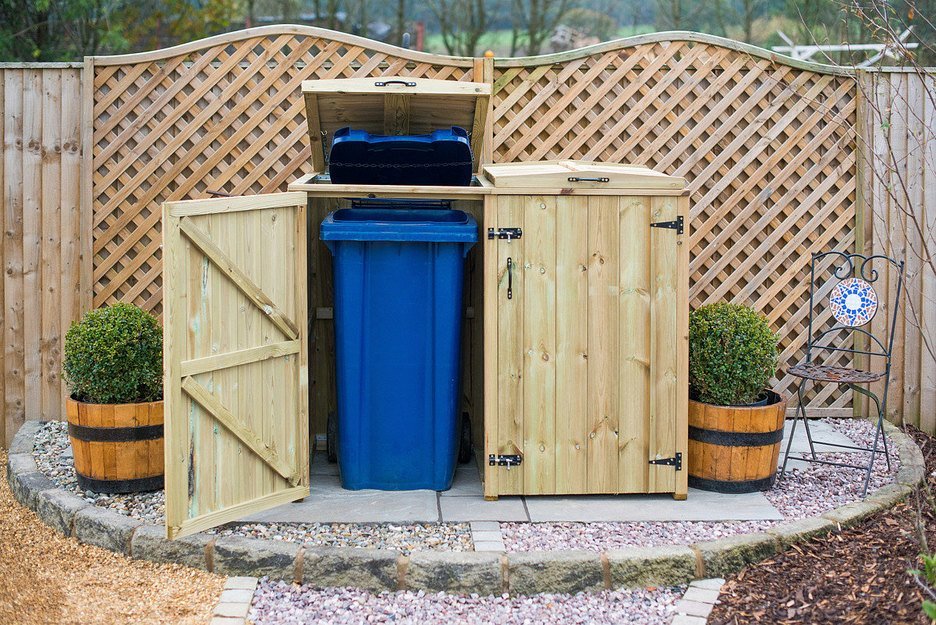
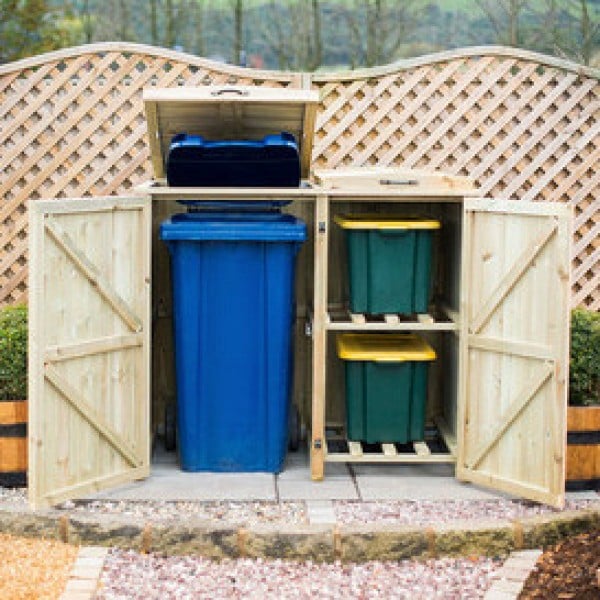
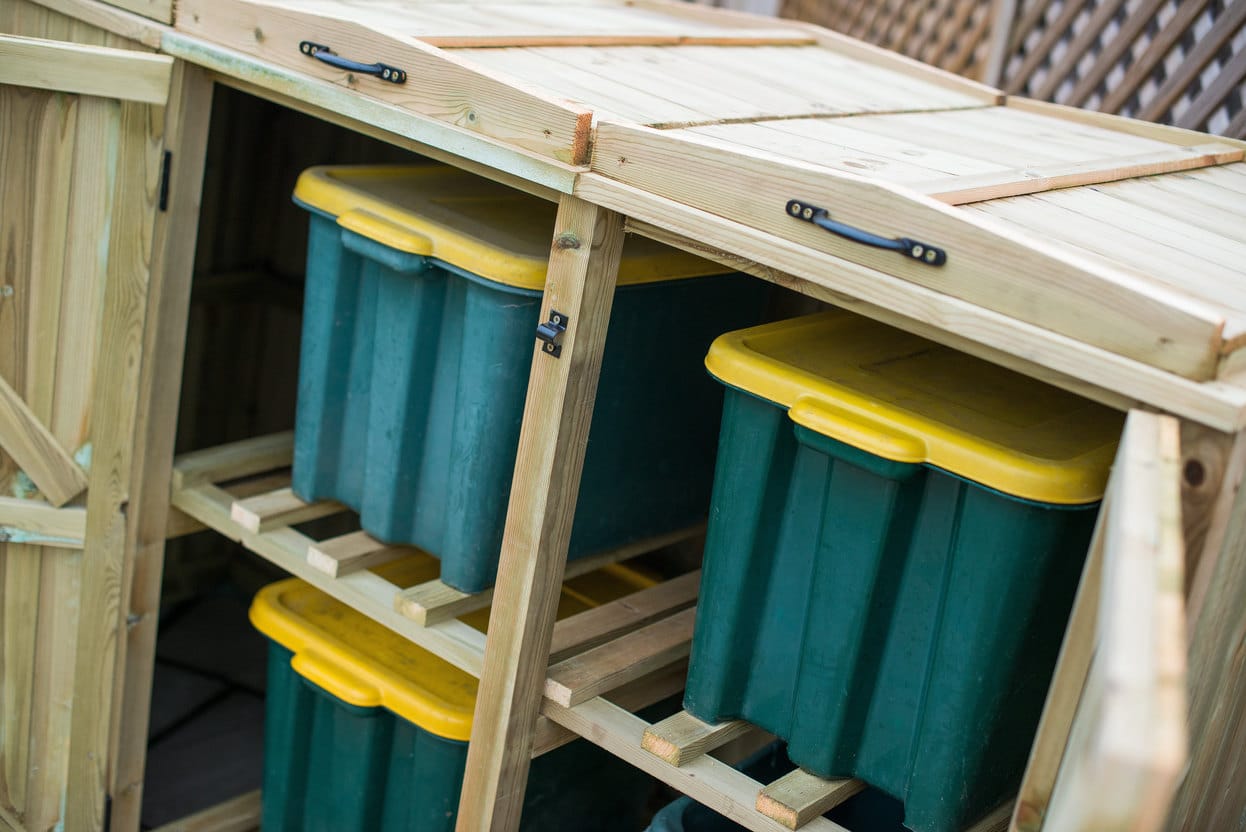
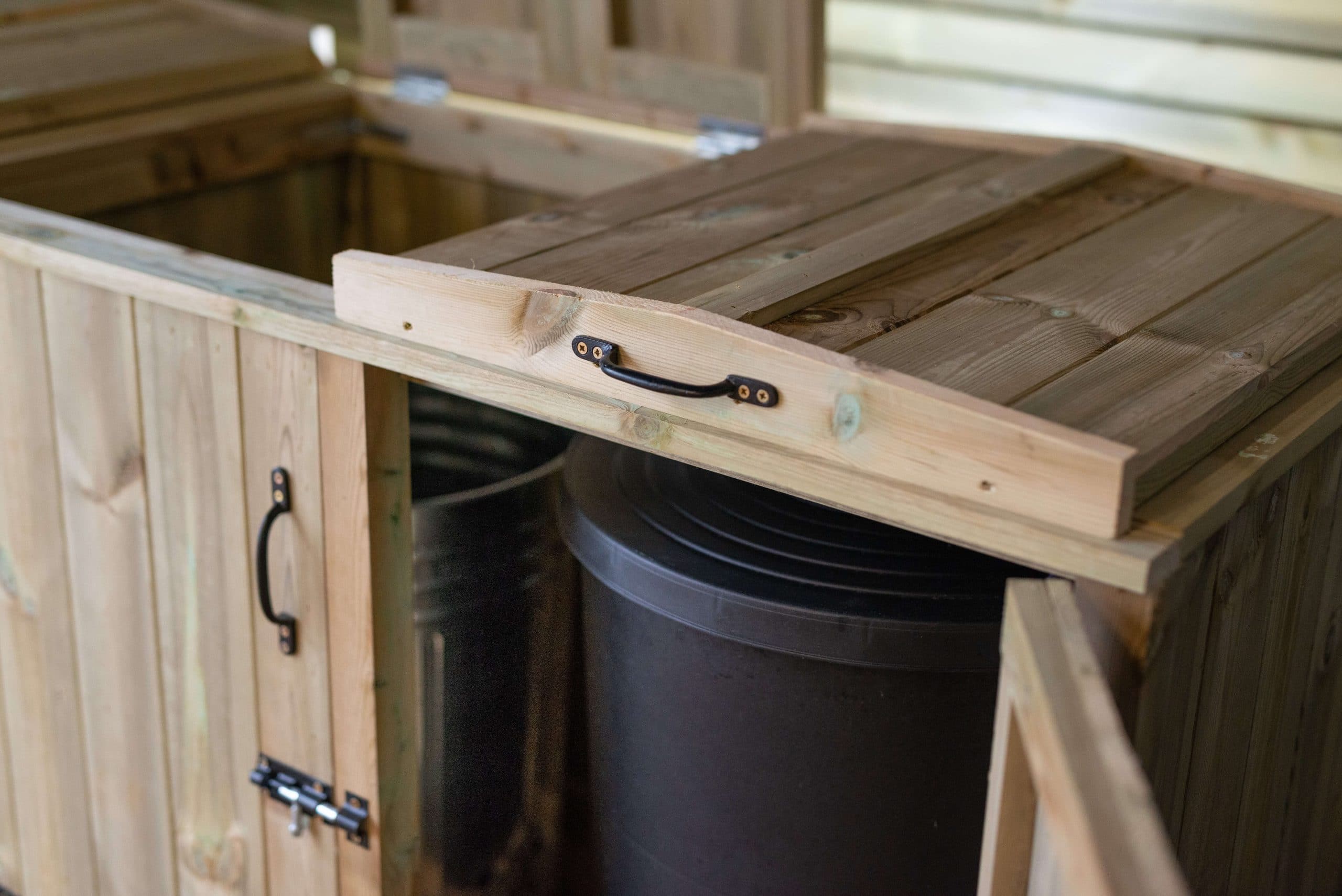
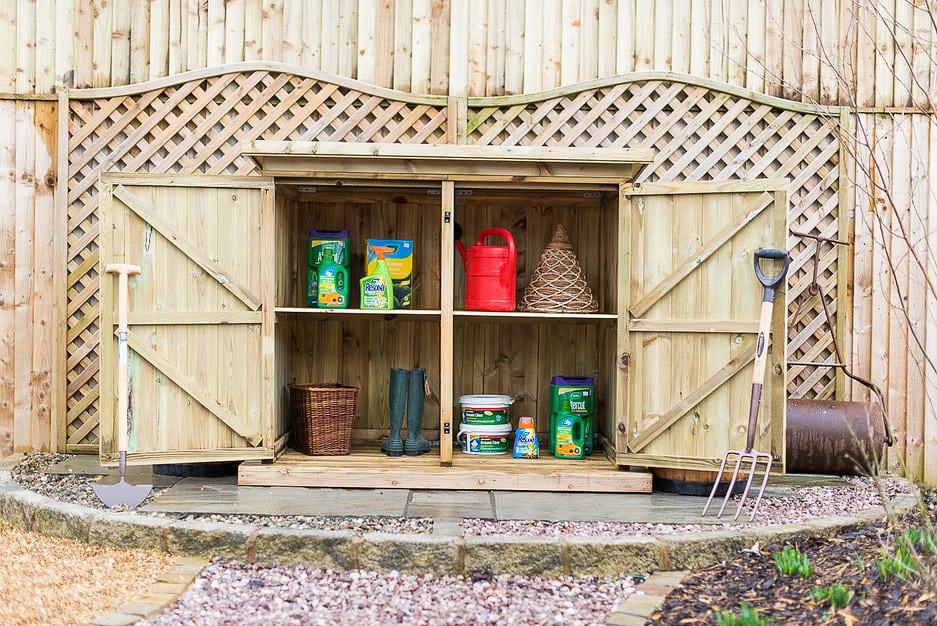
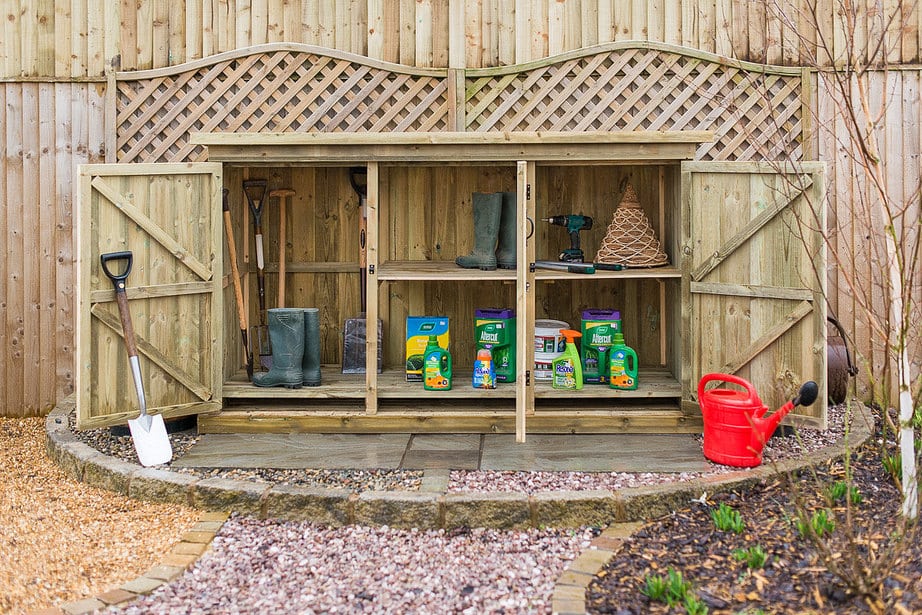

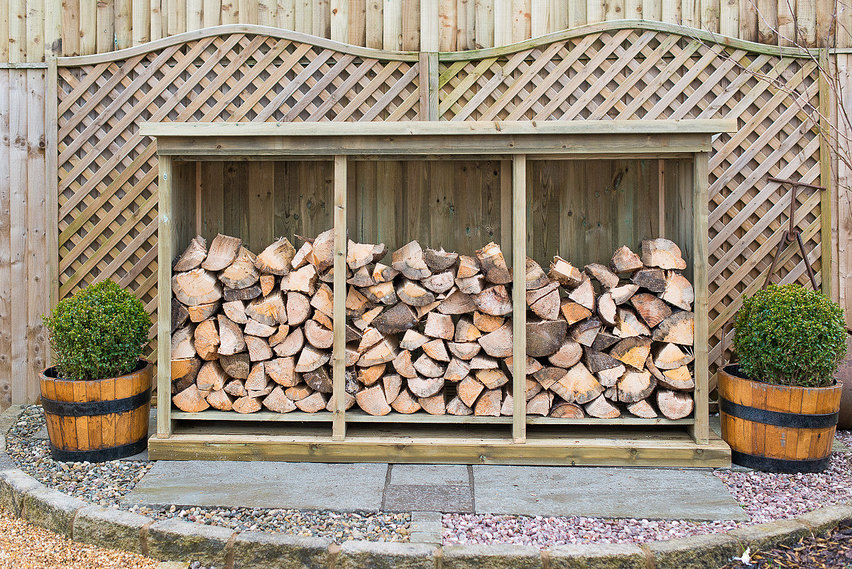
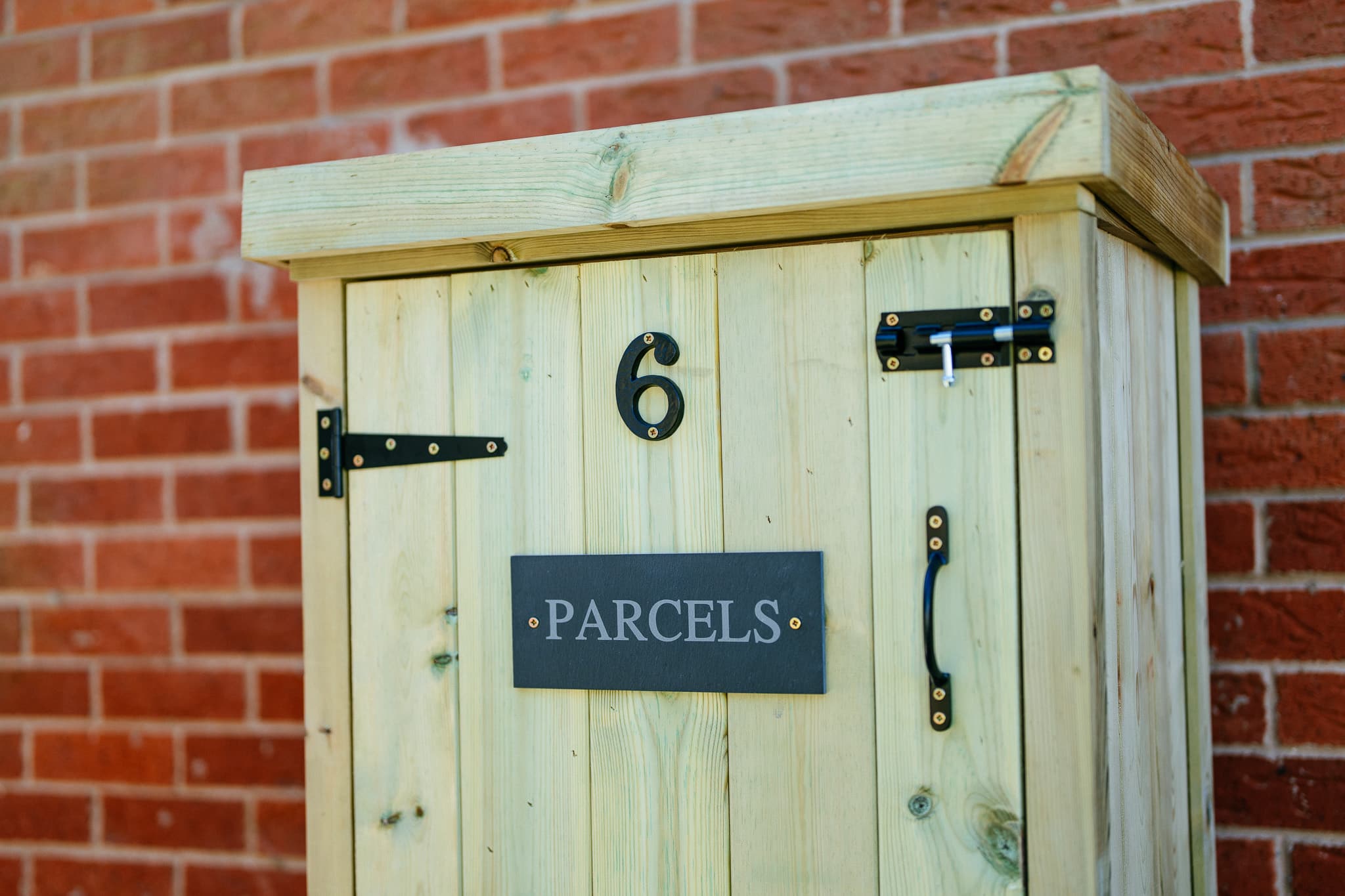
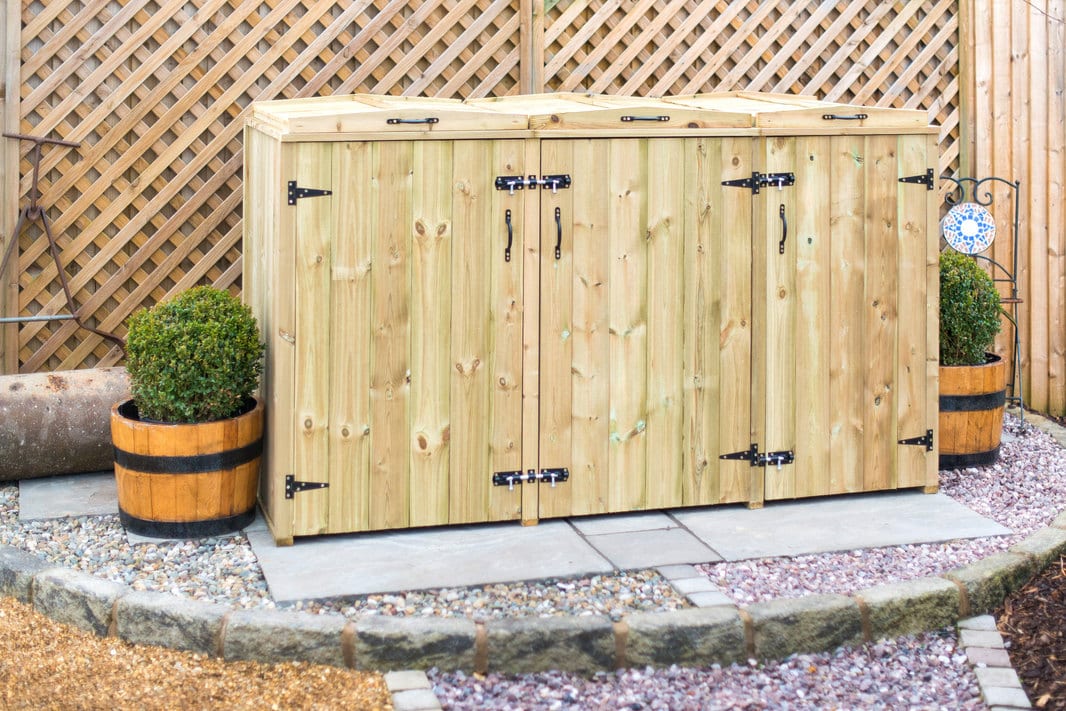

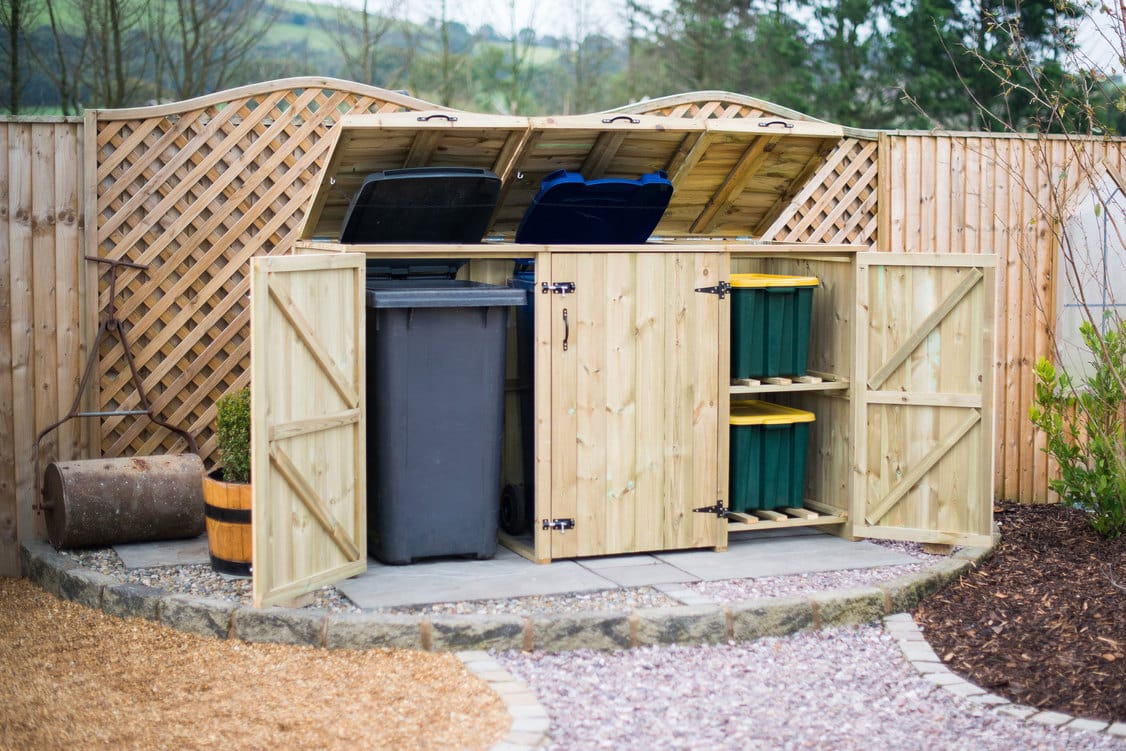
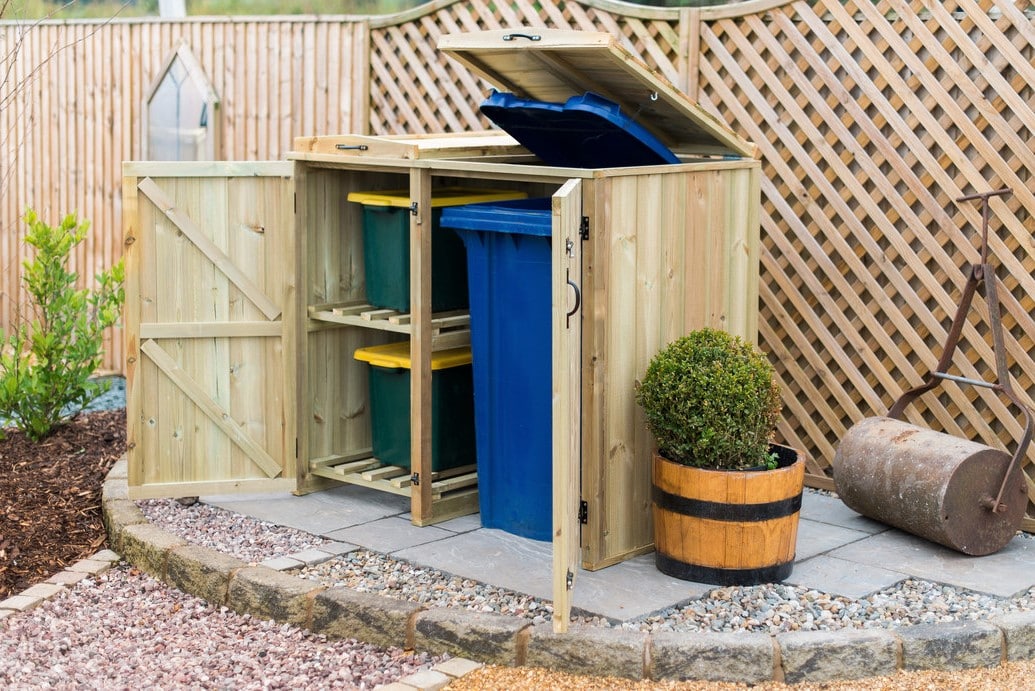

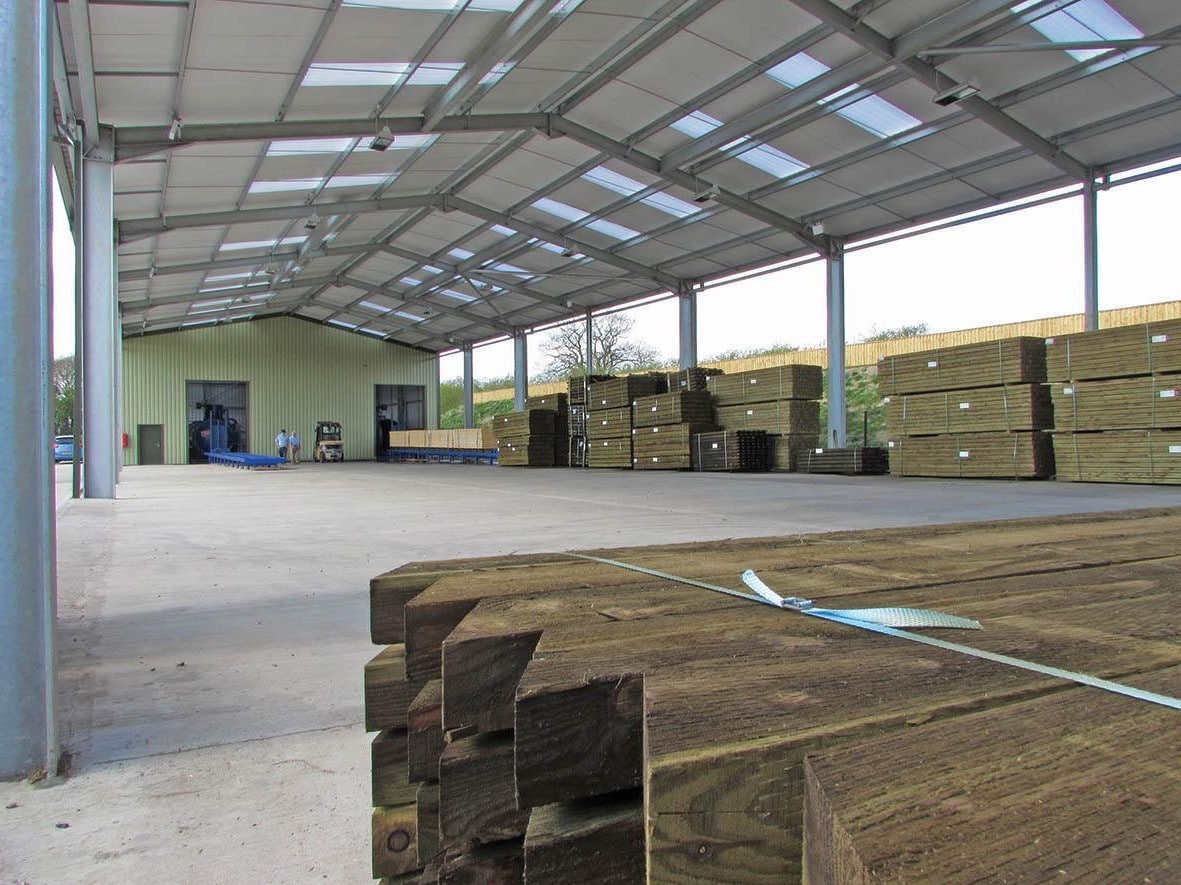
I have just 6th March 2024 had a garden shed installed treated with tantalized timber and a felt roof covering after a rainy day I noticed some wet patches on my shed floor on checking the roof timbers they are wet is this a problem I have been told tantalized timber can hold moisture and needs to dry out is this true and how long does it take
A few weeks to a few months. Depends on the surroundings.
I’ve a wooden gazebo which has been treated with Tanatone. The south facing part of the gazebo has faded due to sun exposure. Can you recommend a stain I can use to restore the tanatone colour whilst protecting the wood?
Restol Wood Oil probably have a shade that is not too dissimilar to the Tanatone colour.
Hi Sam,
I have a tanalised timber roof frame in a barn which I have converted to a dwelling. The timbers can be seen in what is a vaulted roof space. The plastered ceiling will be painted as normal and the timbers have been sanded. If I paint the timber with emulsion, gloss or eggshell, is there a risk that any staining could come through from the tanalised timber? E.g. do I need to apply anything onto the sanded timber before the primer? There are no knots but wondered whether the timber being tanalised could lead to any bleeding or staining through to the paint over time? Note, I’m not sure wood staining and oiling tanalised wood would look great inside a home. Any help much appreciated.
Hi Chris, did you ever find out what to use in this scenario? I am in the same situation but want to keep the trusses looking natural and light – was thinking of using Osmo Oil.
Many thanks, Victoria
Hi Sam,
We recently brought a woodworm infested wardrobe into our brand new build house. Although it has now been removed, quite a few (we found 4 beetles) woodworm beetles escaped into the house whilst the wardrobe was in the house. Unfortunately we didn’t have carpets down at the time so we think the beetles crawled in the gap between the subfloor (chip board) and the skirting boards.
We have painted wood worm killer on the internal timber that we have access to but we don’t have access behind the wall where they crawled into. Our house has a timber frame and The builder has informed that all the timber used to build my house was pressure treated.
Will woodworm eat pressure treated timber? Do I need to panic? The woodworm beetles might have layed eggs on the timber within the wall so I need to be sure that the woodworms that hatch will not eat pressure treated timber. Thank you for your help.
Hi,
Structural timber is not our area but woodworm normally need a damp environment to survive.
Thanks.
Hi, I have recently had my whole back garden walls and fences re-covered in pressure treated wood but I cannot seem to clean off all of the ink stamps. Tried soap, brillo pad, light sanding but still can see the stamp. Any ideas anyone?!
I’m also looking for an answer to this! But I guess heavier sanding is required?
Just posting this for all those who don’t know, i find this thread very tantalizing indeed :o)
“Tanalized”
having been treated with the trademarked timber preservative Tanalith
“Tantalized”
1. To excite by exposing something desirable that remains or is made difficult or impossible to obtain: Researchers have been tantalized by the possibility of finding a cure for the disease.
2. To be strongly attractive to; excite the senses or desire of.
I’ve recently bought C16 timber for a long shelf in the kitchen (285cm). I’ve now realised is the wrong type of timber to use. Could I still use it indoor? It has lots splits. Unsure how to treat it. Wood filler, Primer, Latex paint, stain?
Also can i sand the surface?
Thank you
Hi, I am thinking of use tanelised 9×2 joists you make up a kitchen worktop. They will plane, sand and oil with Tung oil. Is this a good idea?
It’s certainly an idea, but not one I’d be exploring.
Tanalised timber is primarily for outside use, or internal but for construction purposes. Not for kitchen worktops.
Hi Sam, I have made a garden bench using C24 Kild dried timber for the frame and treated softwood carcassing for the seat and back rest.
Is there a product (preferably an oil rather than paint) that would be suitable to treat for both?
Thanks.
Restol Wood Oil. https://amzn.to/2BLFPCq
What are your thoughts about using tanalised boards: 3m x 224mm x 38mm as decking? Some people seem very worried about warping, but if they were screwed down well (three screws across the width and at 600mm centres along the length), I would think they’d be OK. What do you think?
With screws at those measurements you will be fine. Just make sure you use proper decking screws.
With wide boards, be mindful of shrinkage/expansion across the width of the board. If you put this many screws through timber that is damp, it will shrink considerably when it dries and could split at the screw holes. You will also need wider gaps between boards otherwise the boards will expand when wet, close the gaps and possibly buckle.
I have product code stamped on wooden sleepers which landscape gardener has left visible. Can I remove these.
Why? It adds character.
Sam
I purchased brown tanulised railway sleepers which are great until you cut them as i have had to do here and there.. So do i now have to get an oil to treat where i’ve cut because this endgrain is a typical whiteish softwood colour.. Or will it turn brown as it’s pressure treated?
Hello, I’ve used tantalised wood to make a coffee table and applied a medium oak indoor varnish to it. The wood has gone slightly green – is this because its tantalised? Any suggestions on how to correct it? Or is it best to start again with different wood? Thanks.
Yes the green is from the tanalith. Is this some recycyling/upcycling project?
I’ve just had some green 2400 x 200 x 100 sleepers delivered and they are soaked through, to the point they look like they are dipped in Creosote. How long will it take for them to completely dry out so i can oil them?
Hi Sam, I’m buying untreated softwood to add to a brown pressure treated pergola. Can you recommend a stain that will be a reasonable match to the brown tanalised look? Thanks.
So it’s Tanatone? Use Restol Wood Oil or Protek – https://amzn.to/2BLFPCq
Can I use pressure treated lumber on raised vegetable beds?
Yes, you can.
is treated timber hazardous, can I put it in a skip?
Putting it in a skip is no problem.
Hi. I have primed and painted my pressure treated fence and the coloured paint hasn’t taken and rubs off. What can I do to rectify this please
You painted it too soon, the wood needs to dry out and the tanalith to oxidise.
I have a boat mooring at the end of my garden, it’s in the river Yare. The mooring is constructed of tanalised timber, do you have any idea how long the timber should last? The river Yare is tidal and although it is technically fresh water, I live at Reedham, which is only a few miles from Yarmouth, so the water can be brackish at this point especially in the winter. Thanks.
Impossible to say.
Looking at building a climbing frame. Would tanilth treated products be safe for this purpose??
Yes
How soon can I sand pressure treated wood?
We would only recommend light sanding. If you sand it heavily, you are taking away the treatment.
Does tanalised timber split? We had some raissed beds made by a local garden centre. We asked for tanalised timber and paid the premium – but it is now splitting lengthways. It has also splintered -seems like the edges are soft – when i accidently caught it with a trowel it split! Am I expecting too much from this timber
All wood scan split. The tanalith is used to prevent rot. It still requires maintenance.
Can I use oil.i.e danish on wood logs used as steeping stones in garden.will it effect plants around it.thanks.
Danish oil tends to be for indoor furniture…
Hi,
Are UC4 tanilised pine fence posts not suitable for indoor use, such as a bed frame? If they are, what finish would you recommend?
Thanks
I am not sure why you would want to use tanalised timber for bed posts?
Hi Sam, will my pressure treated posts rot in concrete or will they last longer?
Thanks John
Can we use clear exterior varnish on our outdoor tanalused shed as we want to keep the natural wood looking colour
can you creosote tantalised wood?
It’s no longer available in the UK.
But Creocote is.
No, creosote is not available to the public, not for many, many years.
Creocote is different to creosote. Will it work on tantalising wood or not
Hi there, can you tell me once a timber has been tanalised for a couple of days, if it then rains few a days will the chemicals leak out? I have mine over a pond that have just been treated and now my Sturgeon is starting to be unwell?
Cheers Kev
Hi,
Potentially yes, fish can be sensitive to chemicals and if the timber is freshly tanalised then it has not had sufficient drying time.
Sam.
Thanks for your reply, can the chemicals leak out of freshly tanalised timber then Sam?
Cheers Kev
Have a tannalized
Gate just taken delivery
What Primer paint would you suggest as it’s going to be painted eventually black
to match existing
? Opaque Dulux water based
Ok
Thanks
Hi,
We tend to prefer the oil based paints. The Hickson range is one to look at…
Thanks.
Hi, Sam! Thanks for the good piece of information!
Should I use gloves, masks or other kind of protection while working with pressure treated timber? I’m planning to build a framed shed in a few months. Kind regards from Brazil!
Gloves are always a good idea when handling it. A mask less so for general handling, but if you are cutting it which it sounds like you will be then a dust mask should also be worn.
Hi Sam,
I want to build a long lasting pergola that wouldn’t need any treatment for years – if at all (not worried about colour change). I’m going to use a hardwood that has good longevity. I’ve been told that my local timber merchant could have the wood pressure treated for me. Would that be advantageous? Are there different types or degrees of pressure treatment that increase longevity?
Hi,
Only softwoods are pressure treated. If you are using a hardwood it won’t be pressure treated.
For a pergola we would probably recommending using a pressure treated redwood as it’s easier to work with and cheaper. But obviously will need a coat of wood stain to prolong life. But you can of course use hard wood.
Thanks.
Hi Sam
I have some tanalised wood raised planters i want to paint the inside to make them last longer should i use water based or solvent based bitumen paint i only want to apply 1 or two coats. Many thanks J
Hi,
Perhaps lining them will be better than paint…
You could try the ‘Osmo’ range. It’s a bit expensive but is not toxic to people, animals and plants.
How long should I wait before using Osmo natural oil [UV protection] on my fence]?
Hi Sam . How soon after tantalising can I apply an oil to new gates , say Dutch oil ?
Do you mean Danish Oil? That’s usually used indoors… I wouldn’t use it on a tanalised timber gate. You should stain them or use something like Hickson Decor Wood Oil.
My new picket fence is tantalised,been in situ for six months and it is dry. I want it to stay the same colour, I love it. It seems like a mine field out there. Do I need to use a preservative if so, what would you surgest. Thank you.
It will always fade from the green colour once the chemicals oxidise.
You can paint it with a wood stain no problem.
Is the chemical used okay for Asthmatics or will it irritate
I built a car port about 5 years ago using what I thought was tanalised timber. The edges have a 200 X 50 verge which are exposed to make a feature. They were painted with several coats of Dulux shades but the top 50 has split and is now showing signs of brown rot. I want to replace the timbers and I want to have smooth faces. Can this be tanalised and if so will this prevent the problem reoccurring?
Can tantalised timber be sanded or planed?
Hi,
Depends how much you take off, the more wood you remove, the greater the reduction in the effectiveness of the treatment.
Sam
If I burn old treated fence timbers can I spread the ash safely on my garden?
Do the chemicals persist?
Hi,
We wouldn’t recommend it. The treated timber contains copper etc. so it’s not a good idea to spread it on the garden.
It’s best to be disposed of in an incinerator that reaches high temps.
Copper “etc”. So what else does it contain? Specifically, is it safe to burn talanised timber on a domestic bonfire (outdoors), or does it present a health hazard to the person tending the fire, or more generally?
What is the recommended method of disposal, realistic for something like old garden fencing?
If I cut the treated timber, will I have to treat the cut ends?
What can happen if I don’t?
Hi,
Sealing the ends is a good idea with an End Grain Treatment. Ronseal and Ensele both offer products for preserving cut timber. https://amzn.to/2YOU3JM
Thanks.
Hi, please could you tell me what we can protect our new tanalisied redwood decking with, should we use a sealer, or a deck oil/stain, can we use both, if so, which do we put on first, or is it one or the other.
Thank you
Ronseal End Grain Protector is water based, so if this is used you cannot use an oil based product on top as the oil will have problems penetrating. Remember the old saying, oil & water does not mix !!
You can paint over Ronseal end grain treatment no problem, thanks Kerry.
Should you burn treated timber posts ?
Hi,
We do not recommend burning treated timber. Unless you are doing so in a sealed incinerator.
Kind regards,
Sam
Hi,
Yes it will, the last two paragraphs of this post address this exact question.
Kind regards,
Sam
Will the correct application of wood preservatives like Cuprinol extend the life of garden fences and sheds made with tanalised timber?
Could I use tantalised tinder as decking frame